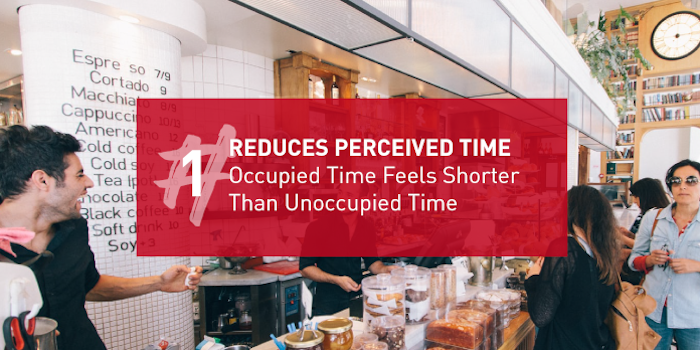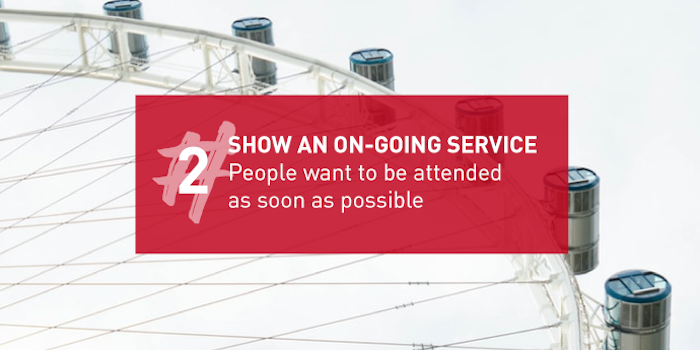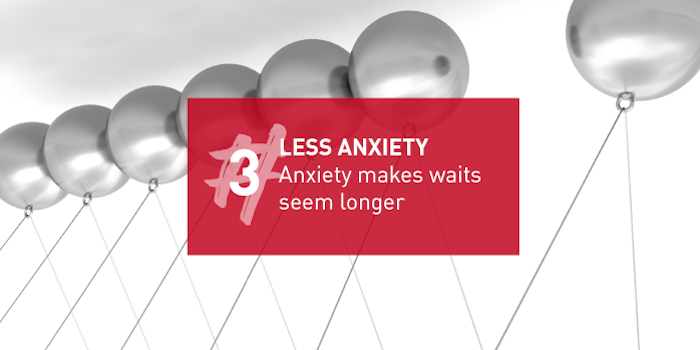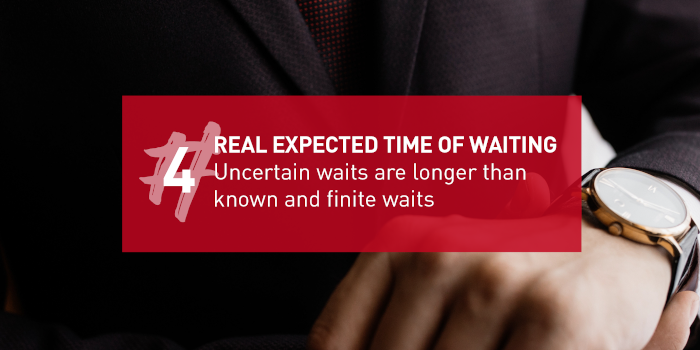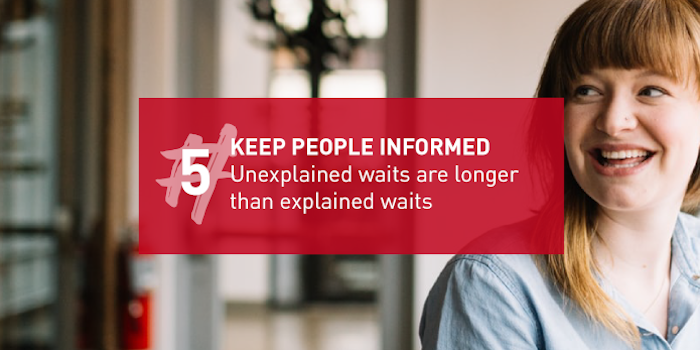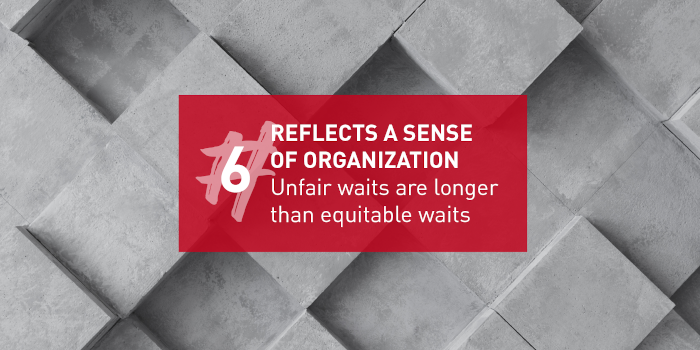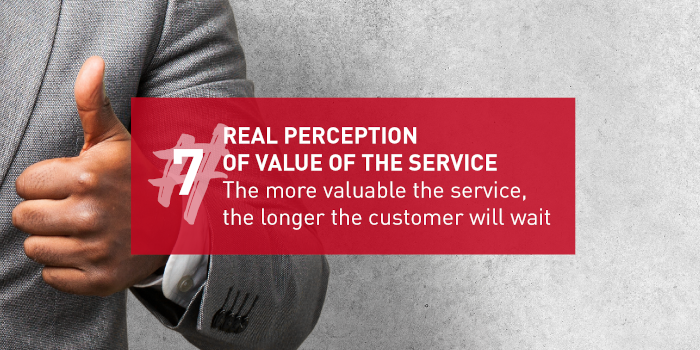Psychology of Waiting Lines
5 essential guidelines
Why is Queue Management so important to all Businesses and Services?
Queue management is much more than a support to businesses to improve their service. People look for personal attendance to feel that they are respected and well served in the short time possible. The psychology of waiting lines is very important, and all businesses should keep it in mind to improve their services.
#1 REDUCES PERCEIVED TIME
When we are waiting for our turn and there is no entertainment, we tend to be more attentive to the time passing by. To overcome this situation, simple actions will reduce the perceived time as people are entertained while waiting for their turn.
#2 SHOWS AN ONGOING SERVICE
Customers waiting for the first contact with the service are more impatient than those who have already “started” the process. This is one of the main reasons why some places provide some distractions to their customers while waiting: this offer conveys the idea that the service has already started.
#3 LESS ANXIETY
The secret is to identify what may be causing concern to customers and act in order to decrease that uncomfortable feeling. Businesses can use the displayers with peaceful and de-stressing images and messages and some calming ambient music.
#4 REAL EXPECTED TIME OF WAITING
The biggest cause of anxiety and unsatisfactory feelings of waiting is the uncertainty about its duration. If a patient is informed that the doctor is late, with no indication of waiting time, there’s an immediate feeling of discomfort and high discontent.
However, if the patient is informed that the doctor will be available in 30 minutes (e.g.), the state of anxiety is controlled, and the waiting becomes more peaceful.
#5 KEEP PEOPLE INFORMED
Waiting in ignorance creates a feeling of helplessness that often results in visible signs of irritation and rudeness from customers. Information that justifies waiting tends to ease customers, unlike waiting without justification. Messages can be released to clarify any situation of delay and that will show a major concern to those that are waiting.
#6 REFLECTS A SENSE OF ORGANIZATION
Sometimes there is no visible order on the lines. Rather than being able to relax, waiting customers are nervous about not knowing whether their position in the queue is being maintained. It is for this reason that several locations allow customers to have a number and service is provided in its correct certain order.
#7 REAL PERCEPTION OF THE VALUE OF THE SERVICE
The perception of the value of service affects the customer’s tolerance for waiting time. If the customer is waiting for a more complex service, he tends to be more relaxed and better accepts a long wait.
#8 NEVER LET VISITORS FEEL ALONE
There is some comfort in group waiting, compared to solo waiting. Everything that organizations can do to promote the feeling of the waiting group, rather than the isolation of everyone, tends to increase tolerance for waiting time.
